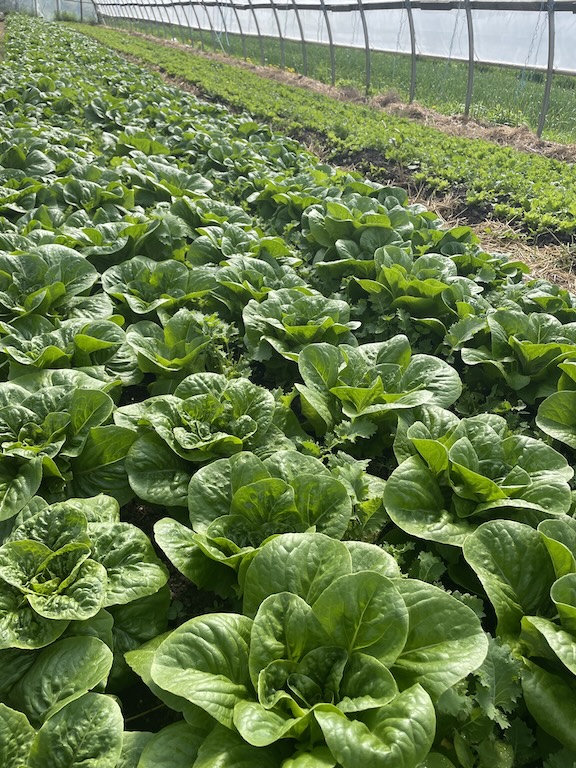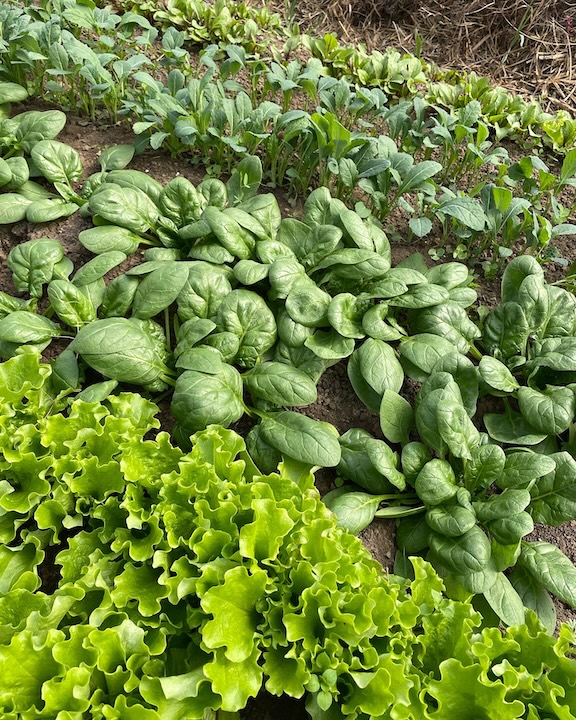Looking to the past helps us eat local in the present

There are plenty of reasons to think about the food we eat and where it comes from – environmental, nutritional and now political. How our country’s Indigenous people and settlers fed themselves provides a blueprint for today.
Almost 20 years ago, the book Animal, Vegetable, Miracle was released by Barbara Kingsolver, detailing her one-year journey with eating locally. It swept through the foodie scene – and our house – like a cleansing wind. This book was followed quickly by The Hundred Mile Diet, with a more Canadian take, and soon our family started walking down the road to eating sustainably and seasonally.
We shopped at farmers markets, got to know local growers, and started growing our own veggies. We also tracked our “food miles,” knowing that a big part of our carbon footprint came from how far our food was travelling to get to our tables.
Fast forward to today and the reasons for wanting to eat locally have shifted to include a trade war with the country that provides the vast majority of our fresh vegetables in the winter and early spring.
It’s always been tricky in northern climates to eat locally in early spring, and that got me wondering how did people do this before we could truck up lettuce from California.
Deywidon’t Morrow is a Haudenosaunee dietician who works on the Six Nations reserve teaching the importance of traditional and cultural foods of southern Ontario’s First Peoples.
So much of western diets have changed over the centuries, and historically for us, March and April were a time of scarcity. Morrow says that’s not necessarily the case for Indigenous communities.
“We still eat today, what we ate then,” Morrow explains. “We’re doing maple syrup right now.
“We had whatever we had left that was dried, and it’s not even back in the day, it’s now. We still have berries and moose meat in the freezer. It’s actually a really good time right now,” she says.
“If we’re lucky we have an abundance, because we’re so much closer to the time we know of it renewing. To know that we have these things available to us feels like a gift.”
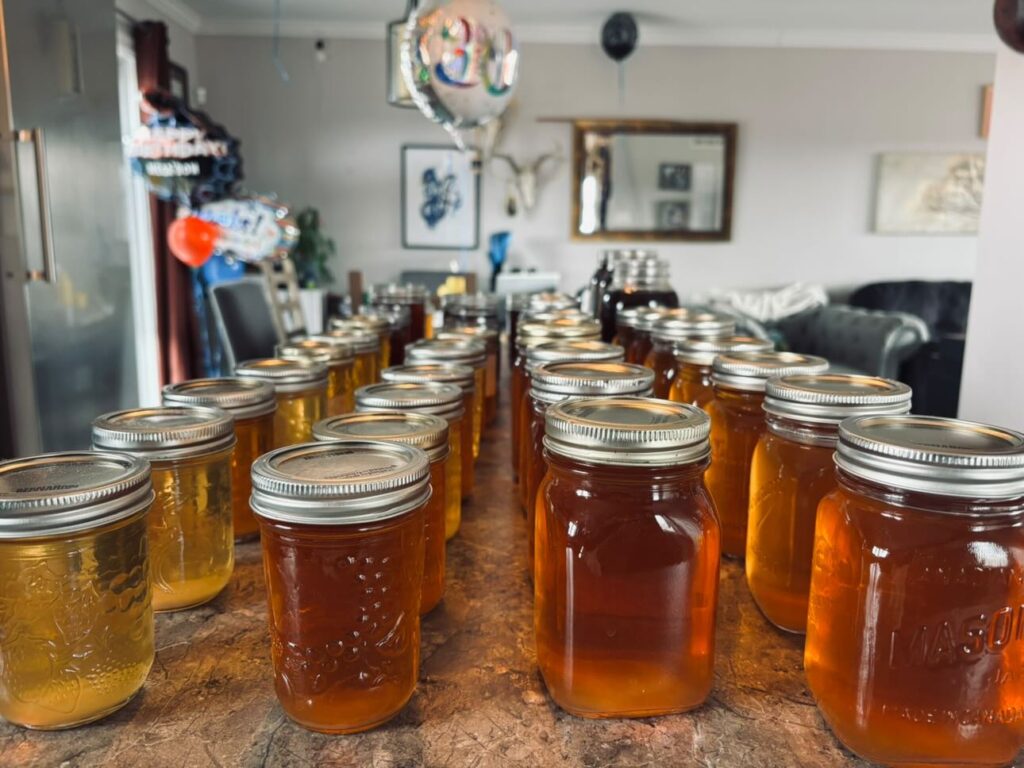
It’s not necessarily easier though.
“It is a struggle sometimes. Being up until five in the morning sometimes boiling sap is exhausting. But it’s a part of the process, and once you’re in it and see the gift at the end of the day, it’s great.”
Sap and syrup are how the season begins. “Right now we’ve just gone through our ceremonies in the Haudenosaunee communities to be grateful and mindful of the forest.
“The maple syrup is important for us, it’s the opportunity for us to use the natural energy source from carbohydrates, because we’ve been in a resting phase just like the trees, and we need to awaken and revive our bodies,” Morrow explains.
“We also look to other types of foods like wild leeks, ramps and fiddleheads. The maple syrup gives us that quick energy source to get out there and gather these foods, which can cover very large areas, and helps to ensure that we’re well when we’re out there and taking care of our immune system.”
Morrow reminds us that there is a debt to Indigenous people in terms of food and hunger. “We taught others to tap trees on their arrival here. That’s the lesson of scarcity for us. We saw that when settlers came and there was scarcity and we saw the dire need, and our people showed them how to do these things and how to ration things and to make a life here.”
Unfortunately, early European settlers didn’t necessarily keep that connection to the land, and in the mid-1800s, access to nutrition was heavily dependent on how wealthy you were.
“One of the things about local food then is that it was heavily based on class and wealth,” says Victoria Bick, supervisor of the Historic Kitchen Garden at Dundurn Castle.
“The availability of good food was so different depending on where you were in Hamilton, your access to land for growing food, how much space you had to store preserves, and your income at different parts of the year.”
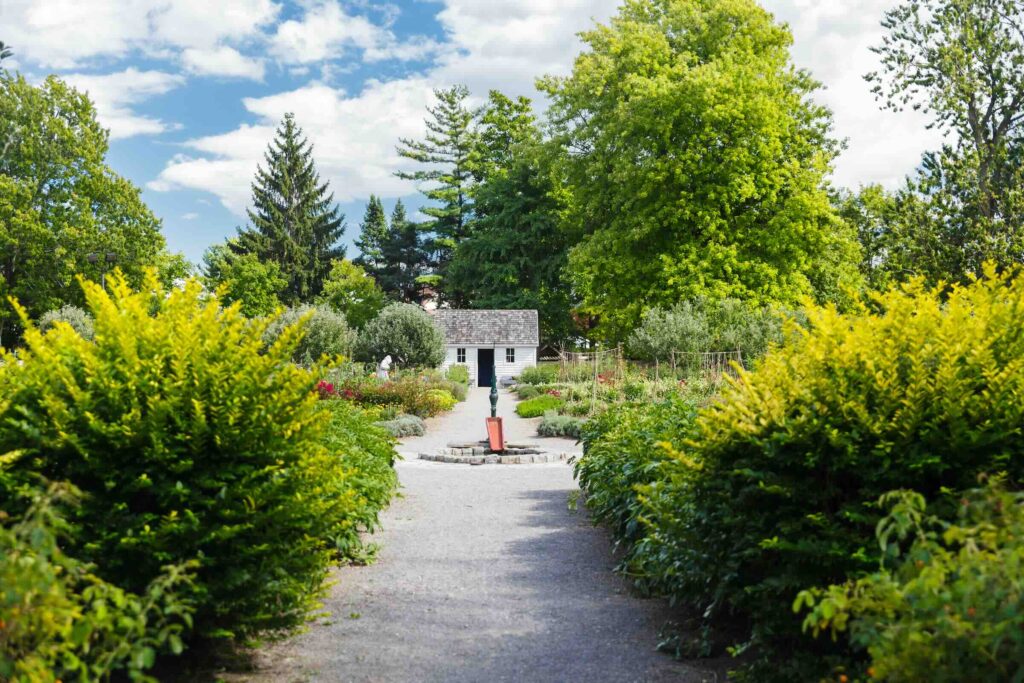
Photo: City of Hamilton
Late winter fare at the time for most people consisted mainly of meat, pickled and fermented foods, and the last of the preserved vegetables from the previous fall. Even this required a good knowledge of how to grow these foods, and which varieties to nurture.
At Dundurn Castle, Sir Allan MacNab’s gardeners would have grown fruit like the red seeded citron, a melon that during the summer seems bland and tasteless, but because it keeps all the way through the winter, in March and April, after a winter of dried food, would have seemed like the most delicious fruit ever.
In fact, MacNab with his sprawling garden and team of gardeners would have access to any food they wanted.
“Everything they grow in the garden, the MacNabs would have had access to. Dried cherries, keeping apples, winter keeping tomatoes that don’t ripen on the vine.” MacNab’s gardeners grew many varieties that you can still sample (or at least similar versions) if you visit the Historic Kitchen Garden today.
But while we don’t face the restrictions of the past in accessing fresh fruit and vegetables all year, now Canadians have an all new set of reasons to avoid eating imported food, especially from the U.S.
“People are definitely struggling with that right now with not wanting to support American produce,” says Melanie Golba from Plan B Organic Farms. “People are taking a deeper dive into where everything comes from.”
And the trade war couldn’t have come at a worse time for turning away from imported produce.
“I have been out in the community and talking to a lot of people about what produce you can get locally. A lot of people don’t understand that vegetables are in storage from the farm. People at the market ask if the garlic is Ontario garlic, they don’t realize that the Ontario garlic we’re selling now is from last July, and is starting to sprout,” Golba explains.
“Some Ontario vegetables will store longer than others. The Ontario squash is finished, it doesn’t last that long. Cabbage, carrots and beets are still holding strong.”
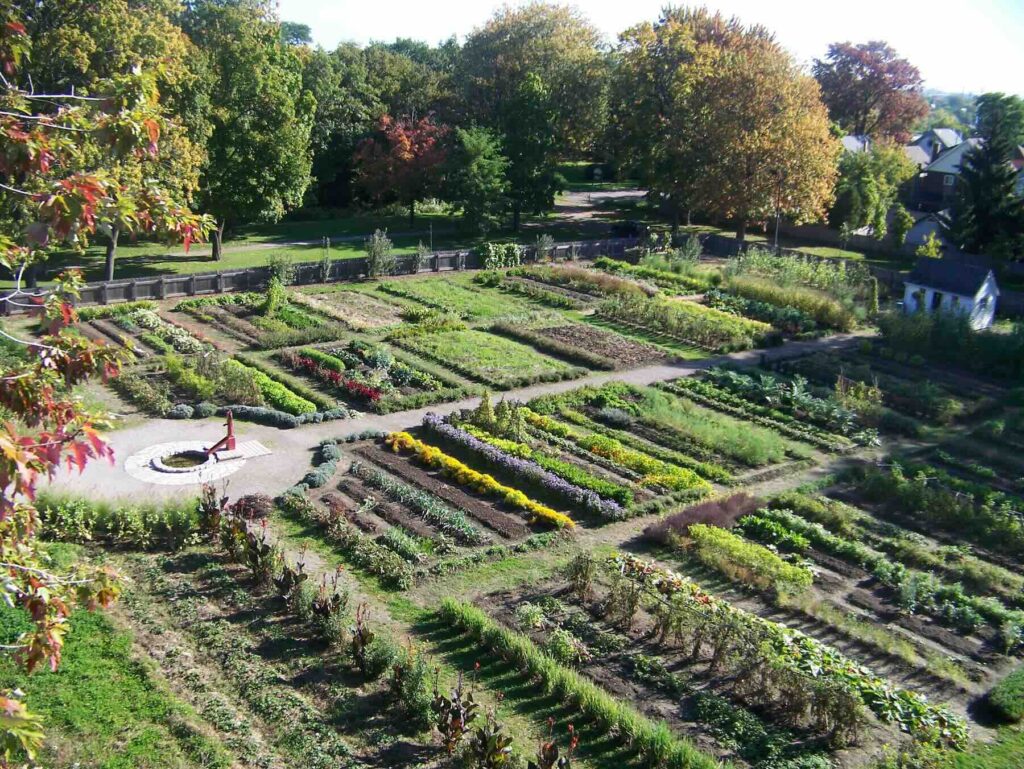
Photo: City of Hamilton
So not entirely unlike what was available in the 1830s, except that now we have greenhouses.
“We are just starting to plant them,” Golba explains, “but it’s going to be April before any of our greens are ready.”
It’s not all bleak though. There are still mushrooms, which Golba sources locally from Piccioni mushroom farms. “There are also microgreens at the markets. Local microgreen suppliers go through the winter with small operators growing them in greenhouses all winter long.”
That said, at this time of year you do crave more soups and stews when it is cold, perfect for root vegetables. “You have to try and match the rhythm of the seasons and the weather with your eating.”
Plan B also does fermented food, much like MacNab’s contemporaries would have. “Whether it’s cabbage, hot sauce or kim chi, those things are extremely beneficial for you in terms of nutrients.”
Where to find some of these treasures? Golba says you may be surprised to find that many farmers markets are still running. “People are still going to get out in the community, and there are a lot of things there, like prepared foods, sauces, and foods from so many different cultures around the world. Farmers markets are a great place to support local and family-owned businesses. Small family-run businesses need us to come out and support them.
“If you really want to shop Canadian, that’s where you need to be.”
Whether you’re drawing from the abundance of the land, or eating preserves from last year for political reasons, it is more than possible to eat locally in March and April. All it requires is a shift in mindset and expectations, but the payoff will be more than worth it.








